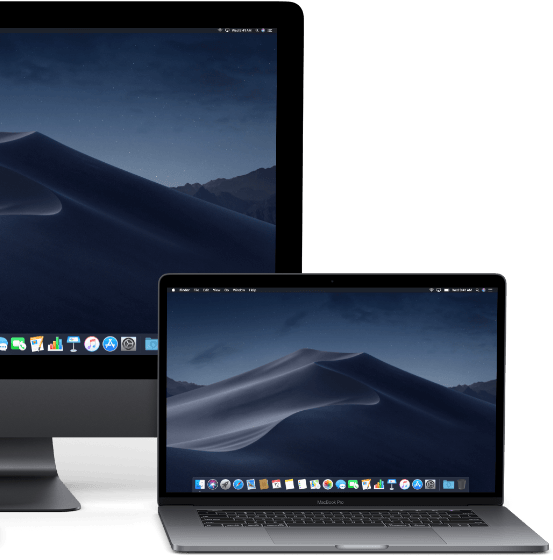https://ift.tt/2Q8PkAi
2019 was a significant year for Apple, bringing new an updated three iPhone lineup, AirPods Pro with noise cancellation, the long-awaited 16-inch MacBook Pro, and the modular high-end Mac Pro for Apple's professional user base.
There were also a ton of new services, including Apple TV+, Apple News+, Apple Arcade, and the Apple Card. In the article below, we've created an overview of everything that Apple launched in 2019.

Apple added a new iPad to its lineup in March, debuting the iPad Air. At 10.5 inches and with a $499 price tag, the iPad Air is designed to offer a middle-tier option that's between the expensive 11-inch iPad Pro and the affordable 10.2-inch seventh-generation iPad.
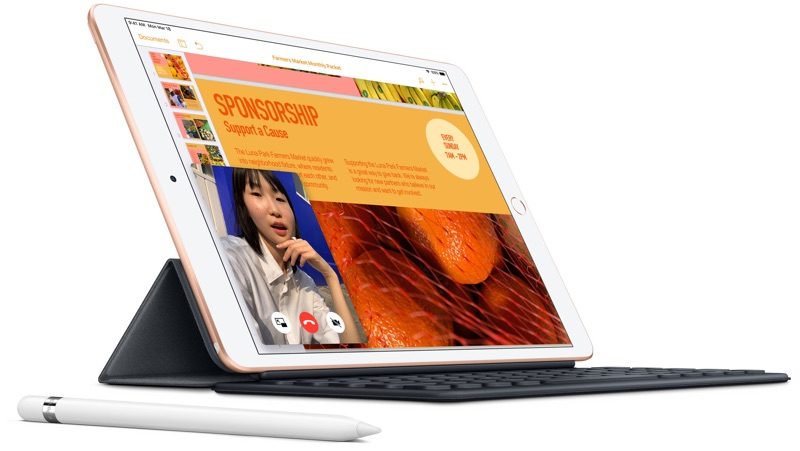
The iPad Air offers up a True Tone display and a design that's similar to the now-discontinued 10.5-inch iPad Pro, plus there's an A12 Bionic chip, Apple Pencil support, and a Smart Connector that allows it to work with Apple's Smart Keyboard.
The iPad Air's specs are identical to the iPad mini 5, but it has a much bigger body.
Apple in March introduced the first update to its iPad mini line in several years, launching the iPad mini 5 with True Tone support, a faster A12 Bionic chip, and, for the first time, Apple Pencil support.
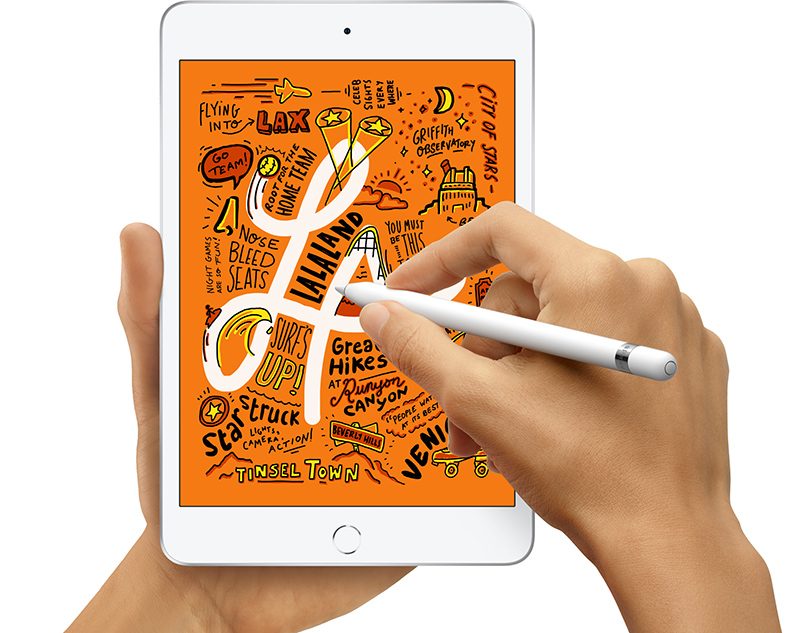
The iPad mini is functionally identical to the iPad Air, but in Apple's smaller 7.9-inch tablet form factor. Pricing on the iPad mini starts at $399, making it more expensive than the seventh-generation iPad but more affordable than the iPad Air.
Apple refreshed its 4K and 5K iMacs in March with new processors and graphics options that make the new machines "freaking powerful," but there were no other design or display updates.
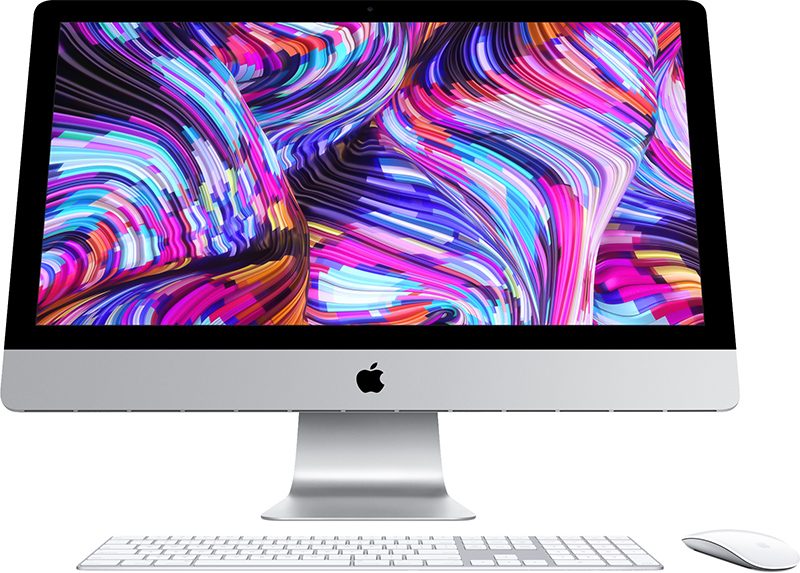
The iMacs are still using the same design that was introduced in 2012, but Apple's newest iMacs are its most powerful. The iMac Pro didn't get a 2019 refresh and hasn't been updated since it launched in 2017.
Apple unveiled second-generation AirPods in March, adding an updated H1 chip with connectivity improvements and faster device swapping, plus "Hey Siri" support.
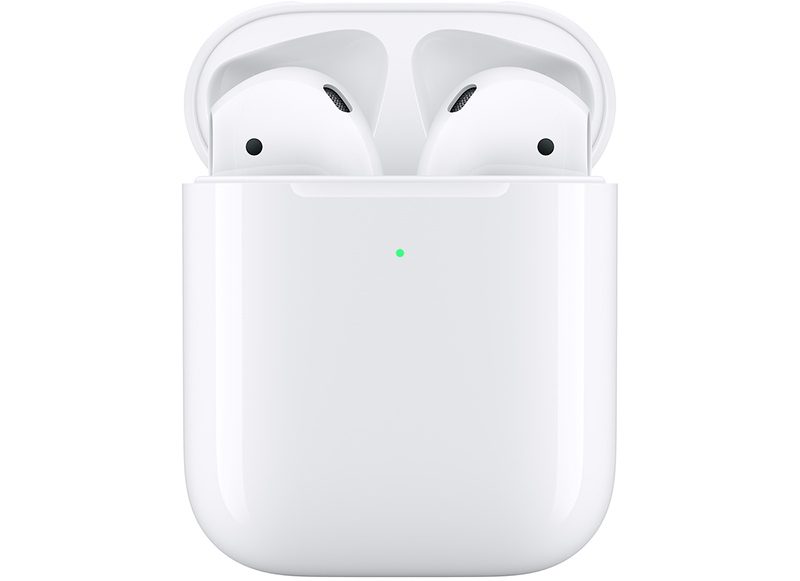
AirPods 2 come with an optional Wireless Charging Case that allows the AirPods to be charged using a Qi-based wireless charger. You can get the AirPods without the charging case for $159, or with the charging case for $199.
Aside from the chip updates and the new charging case, the AirPods 2 are identical to the AirPods 1 with the same five-hour battery life.
Apple made a major push into subscription services in 2019, and the first subscription to launch was Apple News+.
Apple News+ is priced at $9.99 per month in the U.S. and gives users access to hundreds of magazines and several paywalled news sites like
The Wall Street Journal. Apple offered a free 30-day Apple News+ trial, but reports suggest the service just isn't popular with users and hasn't seen much growth since launch.

Two months after introducing AirPods 2, Apple debuted the Powerbeats Pro under its Beats brand, offering up wire-free headphones that are aimed at fitness enthusiasts.
The Powerbeats Pro have an in-ear design with silicone tips and a wraparound wing that's designed to keep them in place even during vigorous activity. Priced at $250, the Powerbeats Pro are superior to AirPods in many ways, offering longer battery life and a more comfortable fit for some people due to the silicone ear tips.
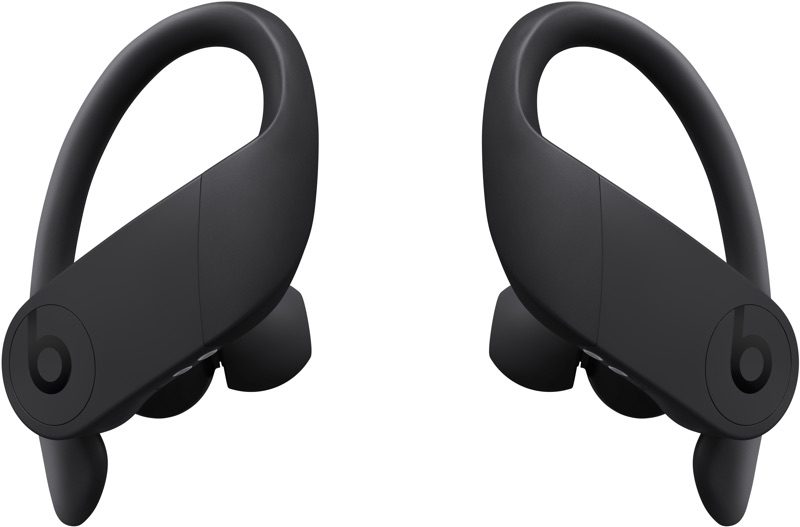
Powerbeats Pro have the same H1 chip that's in the AirPods, which means they have all the same capabilities like fast device swapping, easy setup, and "Hey Siri" support. Powerbeats Pro are larger than AirPods, though, and the case doesn't support wireless charging.
Apple staggered its MacBook Pro refreshes in 2019, overhauling the higher-end 13 and 15-inch models in May and then refreshing the entry-level model in July 2019. There was also
another MacBook Pro refresh in October, but we'll get to that a bit later.
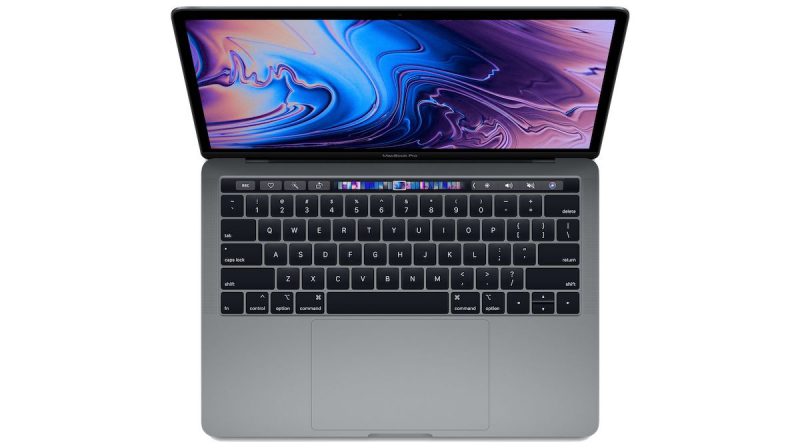
The MacBook Pro models gained new 8th and 9th-generation chips and updated graphics, along with butterfly keyboards said to be more durable. The most significant change was the addition of a Touch Bar across the entire lineup, adding the functionality to even the entry-level model.
Apple updated the iPod touch for the first time in several years in May, introducing a faster A10 Fusion chip. It's not as fast as more modern chips in current iPhones, but it's an improvement over what was in the sixth-generation iPod touch.
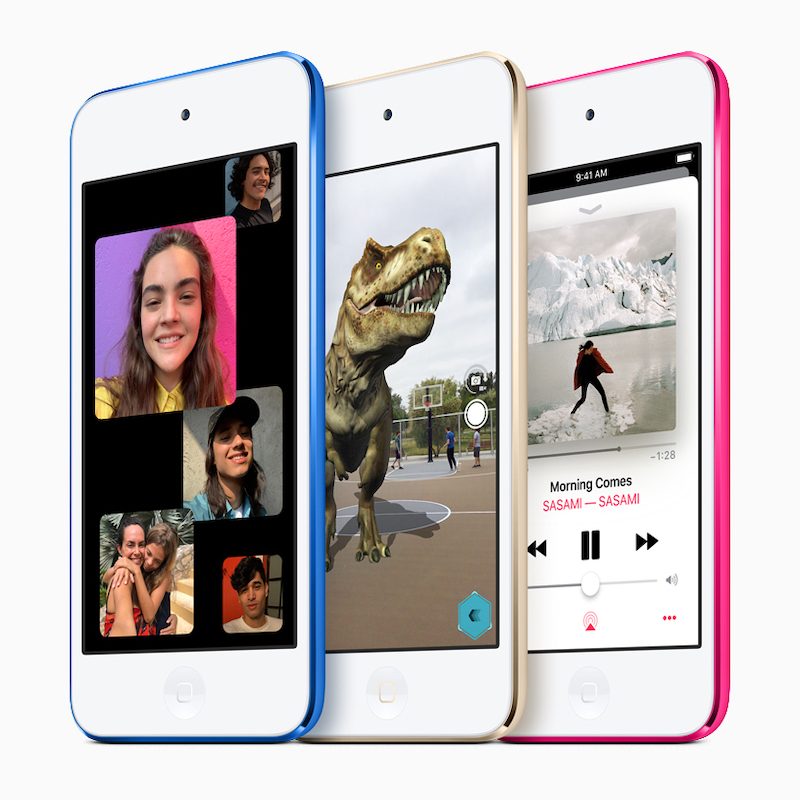
Apple made no other design changes to the iPod touch, and it continues to offer a 4-inch display and a body with a Home button but no Touch ID fingerprint sensor.
Apple updated the MacBook Air in July, lowering the starting price to $999 and introducing an updated display with True Tone support plus an updated butterfly keyboard that's supposed to be more durable.

There were no other design changes, and the 2019 MacBook Air uses the same redesign with Retina display that was first introduced in October 2018. Pricing on the MacBook Air now starts at $1,099 instead of $1,199.
Apple in August introduced the Apple Card, its first ever credit card created in partnership with Goldman Sachs. The Apple Card is linked to Apple Pay and built right into the Wallet app, plus there's a physical titanium card to use for purchases.

Apple Card is meant to be easy to sign up for and easy to use, with everything handled in the Wallet app. You can see detailed reports on spending to keep track of what you've purchased, and make payments right on the iPhone.
Apple offers a Daily Cash rewards feature for Apple Card, which gives a percentage of each purchase back to you. You can get 1% for general purchases, 2% for all Apple Pay purchases, and 3% for Apple Pay purchases made from Apple or from select retailers like T-Mobile, Walgreens, Nike, and Duane Reade.
New Software (September/October)
In the fall, Apple released new software for the iPhone, iPad, Mac, Apple TV, and Apple Watch, debuting iOS 13, iPadOS 13, macOS Catalina, tvOS 13, and watchOS 6.
iOS 13 for the first time splits iOS into two separate operating systems -- iOS for iPhones and
iPadOS for the iPad. The updates are ultimately close to identical, but iPadOS has some additional features designed for the larger screen of the iPad such as multitasking and Sidecar support.
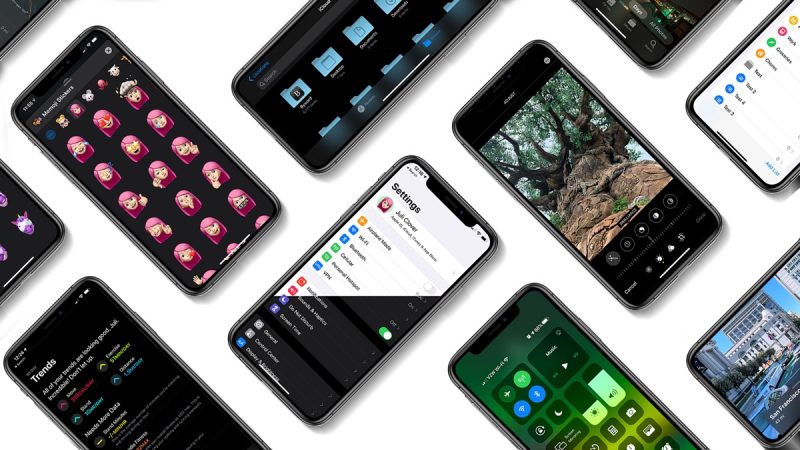
The update brings an overhauled Photos app, new video editing capabilities, major privacy improvements, updated Maps, new HomeKit capabilities, and lots more.
macOS Catalina is a major change because it does away with the iTunes app in favor of separate Music, Movies, and Podcasts apps. It also has a new Sidecar feature for using the iPad as a secondary display for the Mac, there's a new Find My app, support for Screen Time, plus tons of additional features.
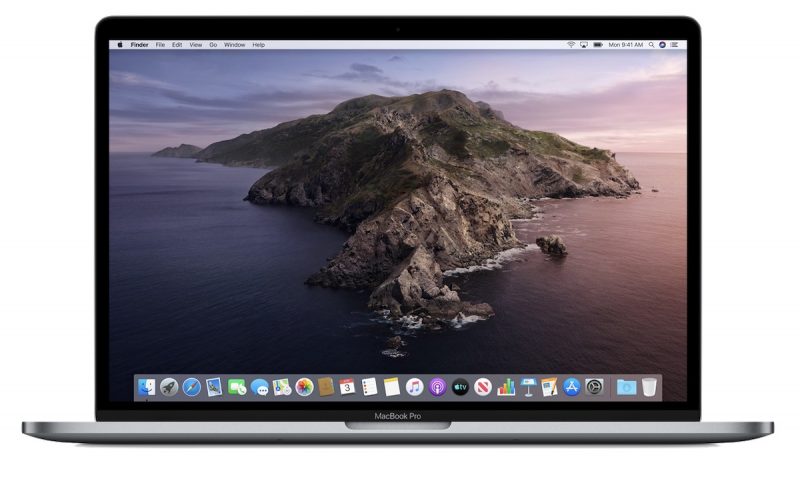 watchOS 6
watchOS 6 introduced a dedicated App Store for the first time, making it possible to download apps right on the wrist. There's also a new Noise app for making sure the ambient noise around you isn't loud enough to damage hearing, and a new menstrual cycle tracking app for women.
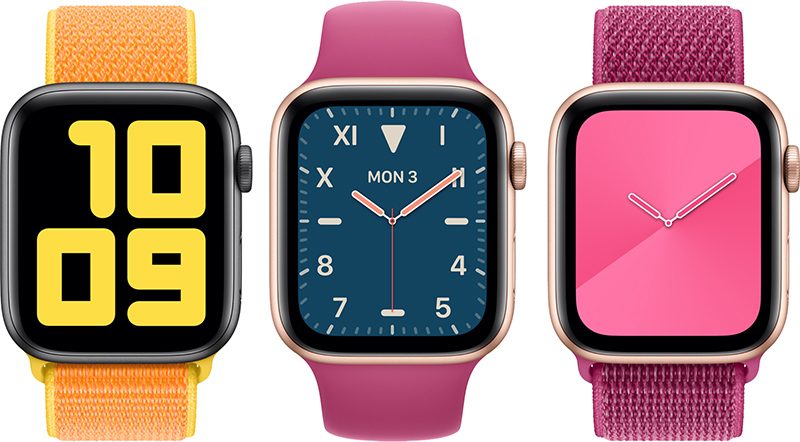
Audiobooks, Calculator, and Voice Memos were brought to the Apple Watch, and there are new complications and watch faces.
tvOS 13 brought a new Home screen for the Apple TV, making it easier than ever to discover content, plus it includes the TV app, a new Control Center, multi-user support, and picture-in-picture mode.

Introduced in September, the iPhone 11, 11 Pro, and 11 Pro Max are Apple's new flagship iPhones with updated A13 chips, new camera technology, Haptic Touch, faster Face ID, and more.
The
iPhone 11 is Apple's affordable iPhone priced starting at $699, while the
iPhone 11 Pro ($999) and Pro Max ($1099) are more expensive. The iPhone 11 is equipped with an aluminum frame, a glass body, and an LCD display, while the two higher-end iPhones feature a more durable stainless steel frame, a glass body, and OLED displays.
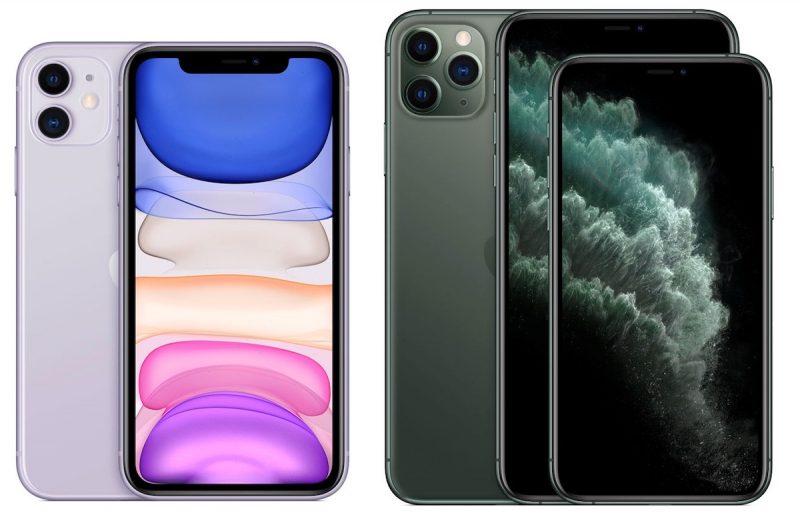
The iPhone 11 features a dual-lens camera with a wide-angle and new ultra wide-angle lens, while the iPhone 11 Pro and Pro Max have triple-lens setup with a wide-angle camera, an ultra wide-angle camera, and a telephoto camera.
All of the new iPhones have much better photographic capabilities and support Night Mode, Apple's new feature that lets you take impressively crisp and clear photos even in the lowest lighting conditions.
Apple didn't change a lot in the Apple Watch Series 5, and it continues to use the same chip that was in the Series 4. It does have an always-on display, though, which is the biggest difference between Series 4 and Series 5 models.
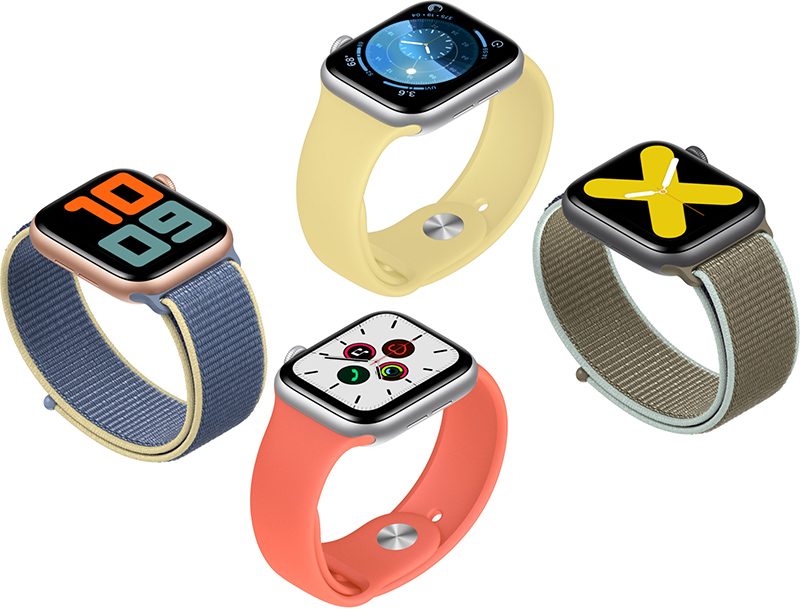
The always-on display allows the time and certain complications and apps to be visible at all times without the need to raise your wrist. Series 5 models also feature a new built-in compass feature and Compass app, along with new Ceramic options. Pricing on the Apple Watch Series 5 starts at $399.
Apple overhauled the entry-level iPad in September, adding a new 10.2-inch display while keeping the $329 price tag intact. The new display offers more viewing area, and it continues to support the Apple Pencil.
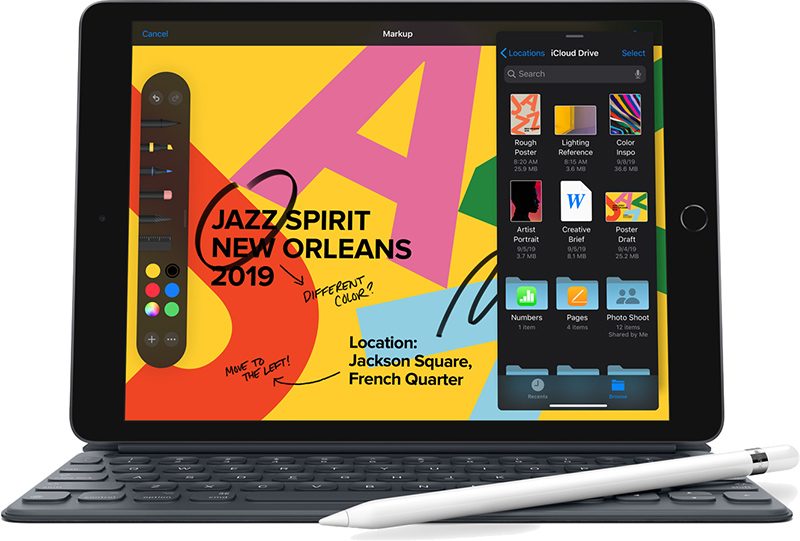
For the first time, the seventh-generation iPad works with the Smart Keyboard through a new Smart Connector. Other than the new display size and the addition of a Smart Connector, the seventh-generation iPad is identical to the sixth-generation model, using the same camera technology and A10 Fusion chip.
Apple Arcade is another one of Apple's new services, offering access to hundreds of games for a $4.99 per month fee. Since Apple Arcade launched in September, Apple has been steadily adding new games, and there's a ton of content for that $4.99 fee.
Family Sharing is supported, so the monthly fee allows up to six family members to access Apple Arcade games. All Apple Arcade games are exclusive to Apple when it comes to mobile availability, and are from some big name partners like Cartoon Network, LEGO, and Konami.
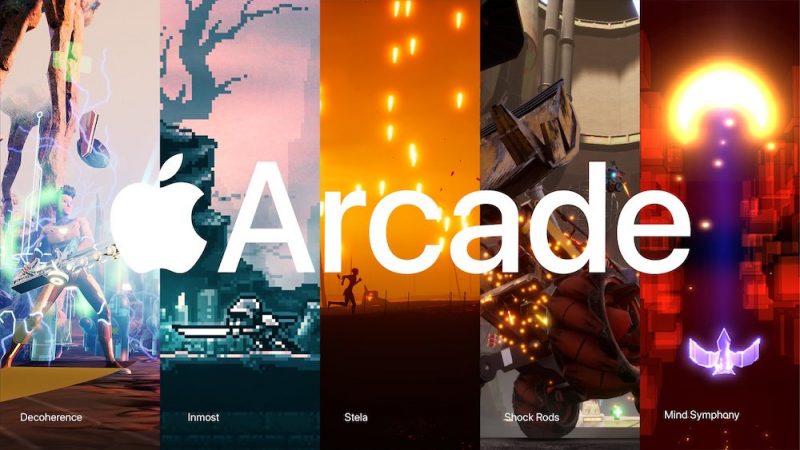
Apple Arcade games can be played offline and have no ads or in-app purchases. All content is included in the monthly fee.
Apple in October surprised us with the AirPods Pro, a new higher-end version of the AirPods with an overhauled design and active noise cancellation functionality.
The AirPods Pro have a design reminiscent of the original AirPods, but with silicone tips that fit into the ear canal to seal out noise for the noise cancellation technology.
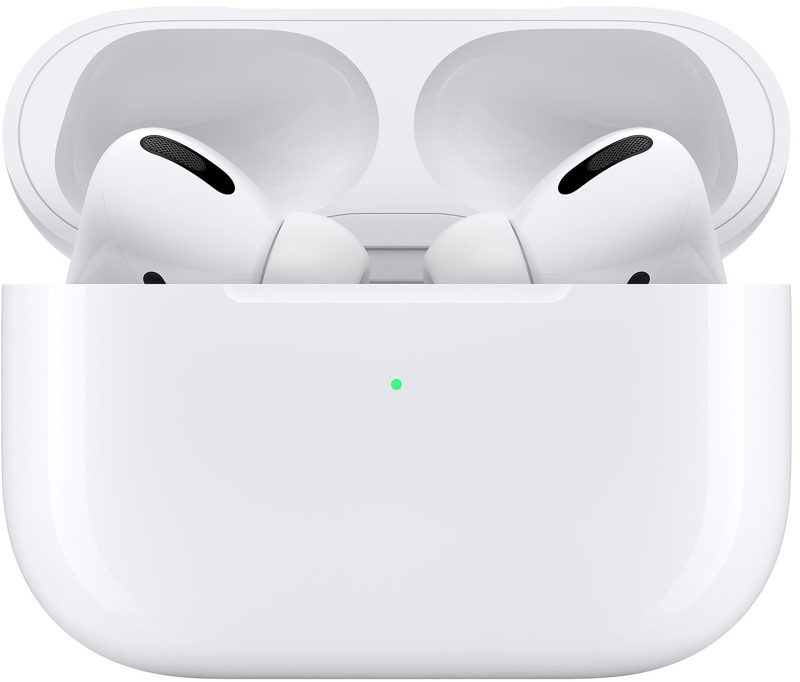
Available only in white and priced at $249, the AirPods Pro also offer superior sound quality and a Transparency mode that lets you hear what's going on around you so you don't miss important announcements at airports and train stations.
AirPods Pro use the same H1 chip that's in the AirPods, and there's a vent system that's meant to minimize the discomfort common with other in-ear designs. AirPods Pro are water resistant with an IPX4 rating and also come with a wireless charging case that's bigger than the AirPods case because of its need to accommodate the larger tips.
Apple TV+ is Apple's streaming television service, priced at $4.99 per month. There's a one-month free trial, and Apple is offering a free year of Apple TV+ to anyone who has bought a new iPhone, Mac, Apple TV, or iPod after September 10, 2019.
Apple is offering a free one-year subscription to new device owners because there's just not a lot of content on Apple TV+ at this time comparative to other streaming services.

Apple TV+ launched with a handful of TV shows like "For All Mankind," "The Morning Show," "See," and "Dickinson," but it will take some time for the company to build up a solid content catalog. Apple is adding new shows to Apple TV+ regularly, and all content can be watched by up to six family members using Family Sharing.
Apple in November refreshed the MacBook Pro for the third time in 2019, introducing a new 16-inch model that replaces the 15-inch model that was just updated in May 2019.
The 16-inch MacBook Pro has a larger 16-inch display size with slimmer bezels, plus it has a new keyboard that eliminates the much-hated butterfly mechanism in favor of a new scissor mechanism that shouldn't be as prone to catastrophic failure.
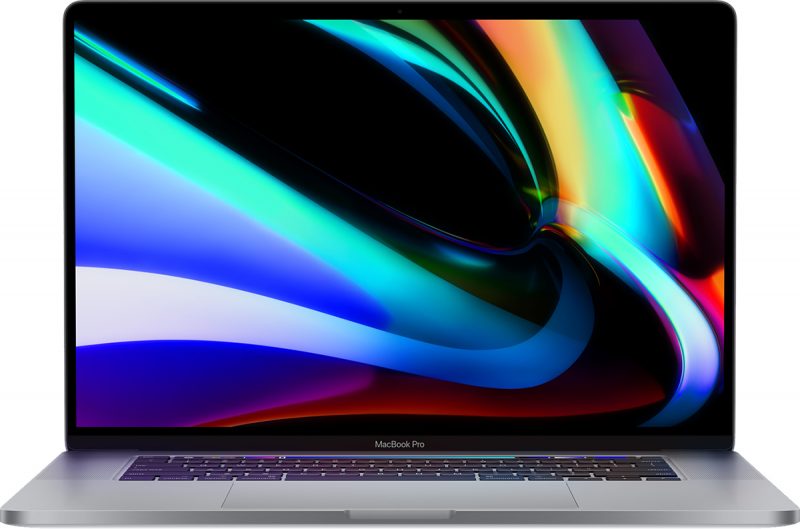
The 16-inch MacBook Pro uses Intel's 9th-generation chips, along with AMD Radeon Pro 5000M series graphics. It supports up to 64GB of RAM and up to 8TB of storage space. It continues to have a Touch Bar and Touch ID, but Apple did make one useful change - the ESC key is no longer part of the Touch Bar and is now a standalone key.
After introducing the Mac Pro and Pro Display XDR earlier in the year, Apple launched the new hardware in December. The Mac Pro is a machine designed for professionals, and it features a new modular, upgradeable design with high-end hardware.
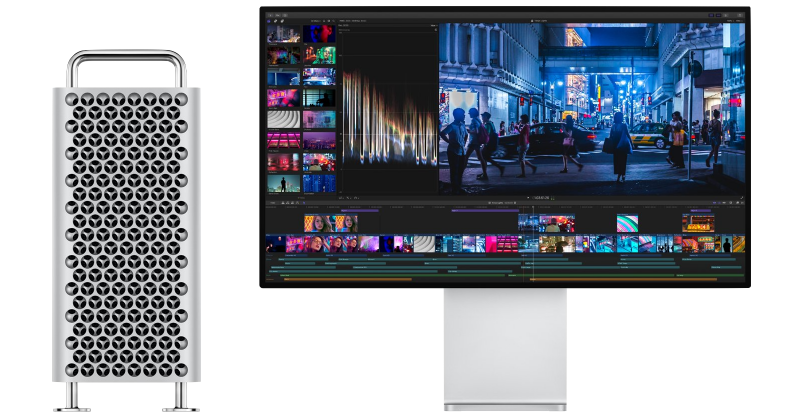
It supports Xeon chips with up to 28 cores, up to 1.5TB of memory, eight PCIe expansion slots, 4TB of SSD storage, and Radeon Pro Vega II Duo GPUs, plus there's an Apple-designed Apple Afterburner accelerator card that boosts ProRes performance. Pricing on the Mac Pro starts at $6,000 and goes up from there with each upgrade.
Apple is selling the Mac Pro alongside the Pro Display XDR, a 32-inch 6K Retina display that offers more than 20 million pixels. Its design matches the design of the Mac Pro, and it's priced starting at $5000. That price tag doesn't include the price of the stand, which is an additional $999.
What's Next?
Make sure to check out
MacRumors tomorrow because we'll be highlighting all of the products that we expect to see from Apple in 2020. Some amazing things are on the horizon for 2020, like 5G iPhones and new iPhones and iPads with 3D laser camera technology.
This article, "
Year in Review: Everything Apple Introduced in 2019" first appeared on
MacRumors.com
Discuss this article in our forums

from MacRumors: Mac News and Rumors - All Stories https://ift.tt/2F6lRRy



